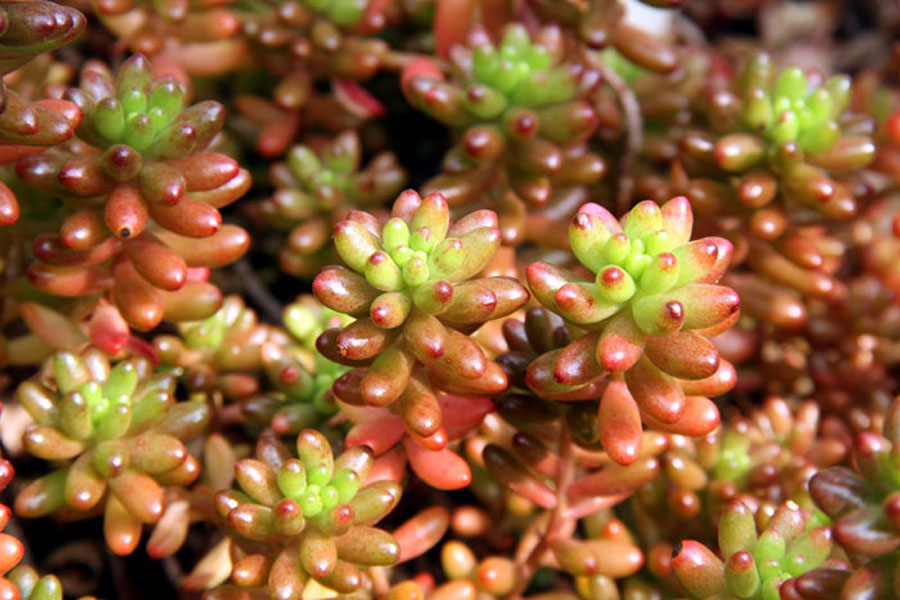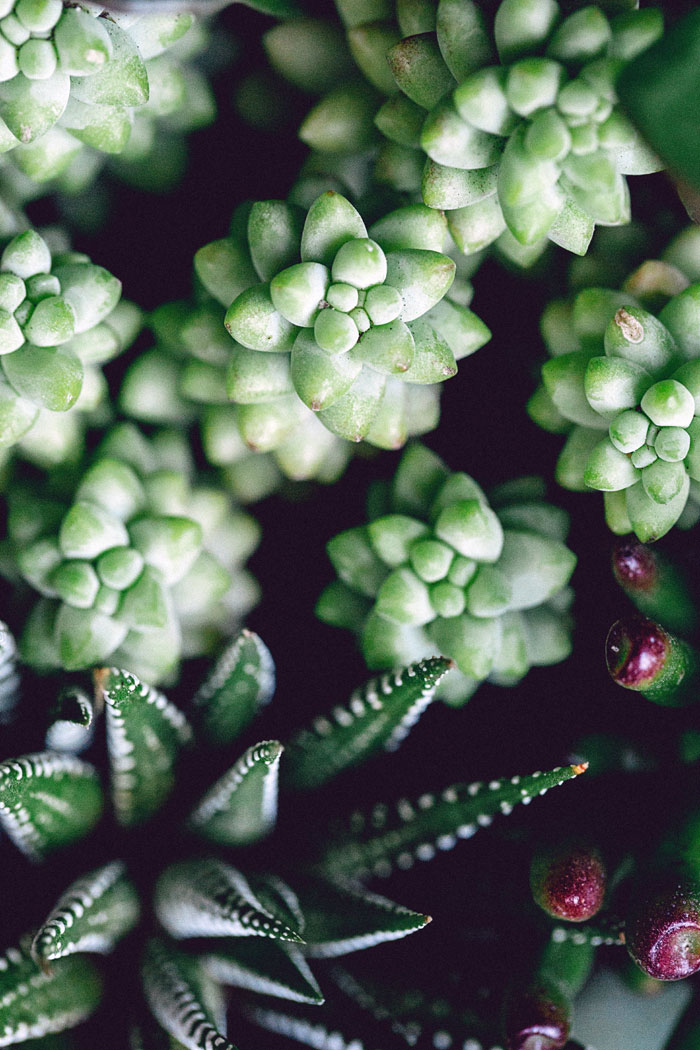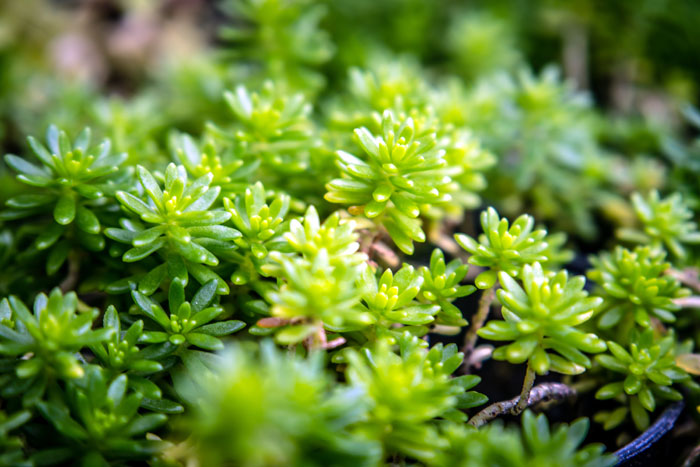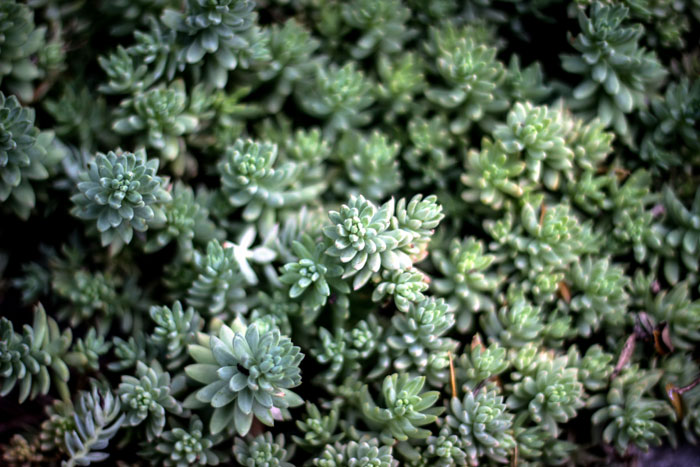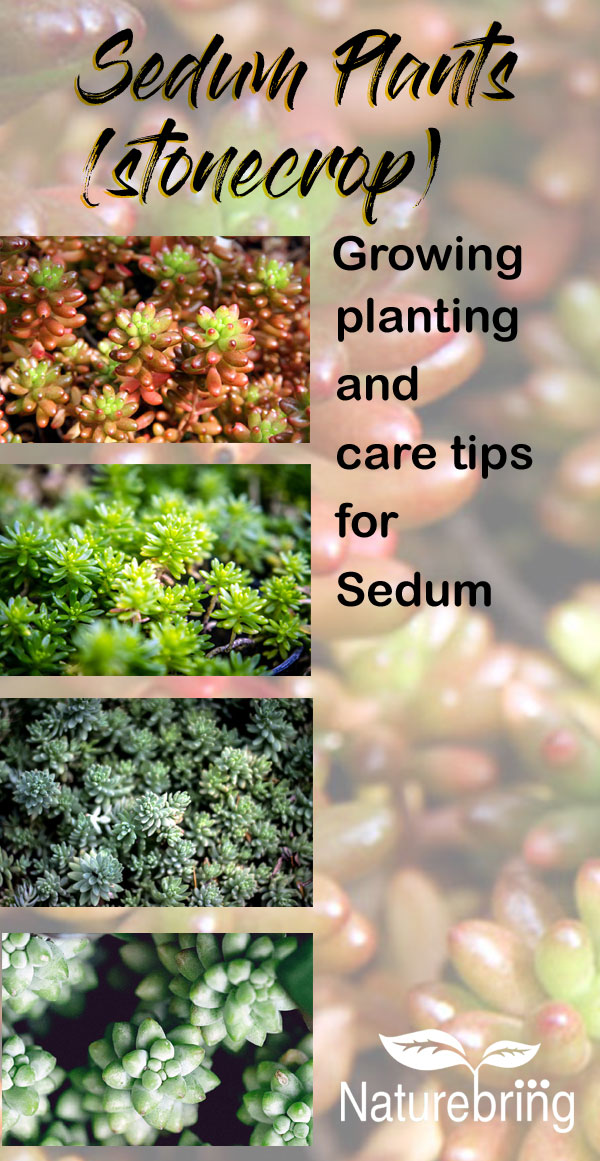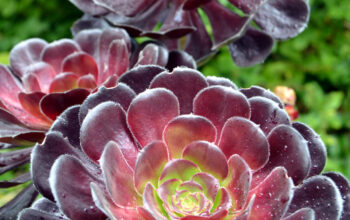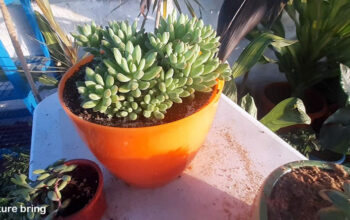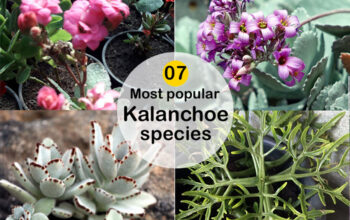Sedum Plants (stonecrop)
Sedum Plants is also known as stonecrop or showy stonecrop, is a large genus of flowering plants in the family Crassulaceae that thrives well in full sun. They are leaf succulent and are primarily found in Northern Hemisphere, but extending into the southern hemisphere in South America and Africa. It has up to 600 species. Read Growing, planting, and sedum care tips in this article.
Sedum plants act as a magnet to butterflies and bees and butterflies feed on the sedum plant especially when the first flower and is rich with nectar. They have fleshy and water-filled leaves that make them drought-resistant and heat tolerant.
Overview Stonecrop (showy stonecrop)
Scientific name Sedum
Common name Sedum, stonecrops, showy stonecrop
Plant type Succulent (Perennial, annual)
Sun full sun /partial shade
Soil Sandy, Loamy well-drained soil.
Soil pH 5.6- 6.0
Flower color white, pink, red, yellow
Blooming time Fall and summer
Zone 4-9
Growing, planting, and sedum care
Sedum plants are fantastic container plants and can thrive in almost every garden. You can choose from a large variety and they are very easy to grow, requiring very minimum care after being planted.
The best time to plant stonecrop is in the spring season after the first frost but before summer begins. Depending on the variety, space the plants between 6 inches and 2 feet apart. You can also grow the plant through cuttings by sampling placing the cut end into the soil and the cutting should not have any trouble rotting under proper watering and lightning conditions.
Sunlight
Most thrives best in full sun, but low-growing and vital species can tolerate partial shade. If you plant the sedum in an area that has long and cold winters, place the plant in a location receiving full sunlight in order to improve the overwintering capability. Your sedum should receive at least 5 to 6 hours of direct sunlight per day to develop its best colors.
But some of the highly variegated stonecrops like lemonade, with pale green and white foliage, require dappled sunlight to prevent sunburn.
Soil
The most important condition for growing sedum plants is that they should be planted in a very well-draining sandy loamy soil. Wet and heavy soil tends to rot the stems and roots of both tall and creeping stonecrops. If you are growing the sedum in a container, add some sand r shredded bark to make the soil porous.
Watering
Wait for the soil to be fully dry before watering it. Water your plant every 2 to 3 weeks in the fall and winter, indoor sedum will need weekly watering. Make sure that you don’t overwater the plant because it can make an overwatered sedum will die a lot faster as compared to an under-watered plant. Under-watered stonecrop will begin to drop some leaves and its leaves will lose their plumpness from lack of water. So, you can check whether your plant needs water or not by checking the top inches of the soil.
Temperature
Most stonecrop is cold hardy and they can tolerate freezing temperatures. They tend to prefer the temperature range between 60 to 80 degrees Fahrenheit.
Stonecrops should be kept at temperatures between 60 to 70 degrees Fahrenheit through the winter, and when the temperature falls below 50 degrees Fahrenheit, it will start to go inactive.
Fertilizer
They do not need much feeding, rich soil, or heavy fertilizer. Chemical fertilizer or over-fertilizing can lead to stretching and flopping. Adding organic compost to the soil is best. Some all-purpose granular fertilizer sprayed on the soil is enough for your sedum plant.
Since they are light feeders, you can fertilize the plant once or twice every year with an organic-rich fertilizer. Over-fertilizing can hurt the stonecrop plant much more than not fertilizing, so be careful with the requirements of your plant.
Repotting
Growing stonecrop indoors requires a little more care than those in gardens, and repotting is one such care that is important for an indoor sedum. Repot the plant in a larger pot when the plant starts to outgrow from the present container. When the roots become too tight and stick out of the potholes, it is a sign that it needs repotting.
The best time to repot the sedum is during the spring season. Before repotting, make sure that the soil is dry. Wait at least a week after repotting to water your sedum. Repotting keeps the plant healthy. If your plant seems to be wilting after repotting, it may be because the plant lacks water.
Read also
Foxtail fern growing and care tips.
for pin

